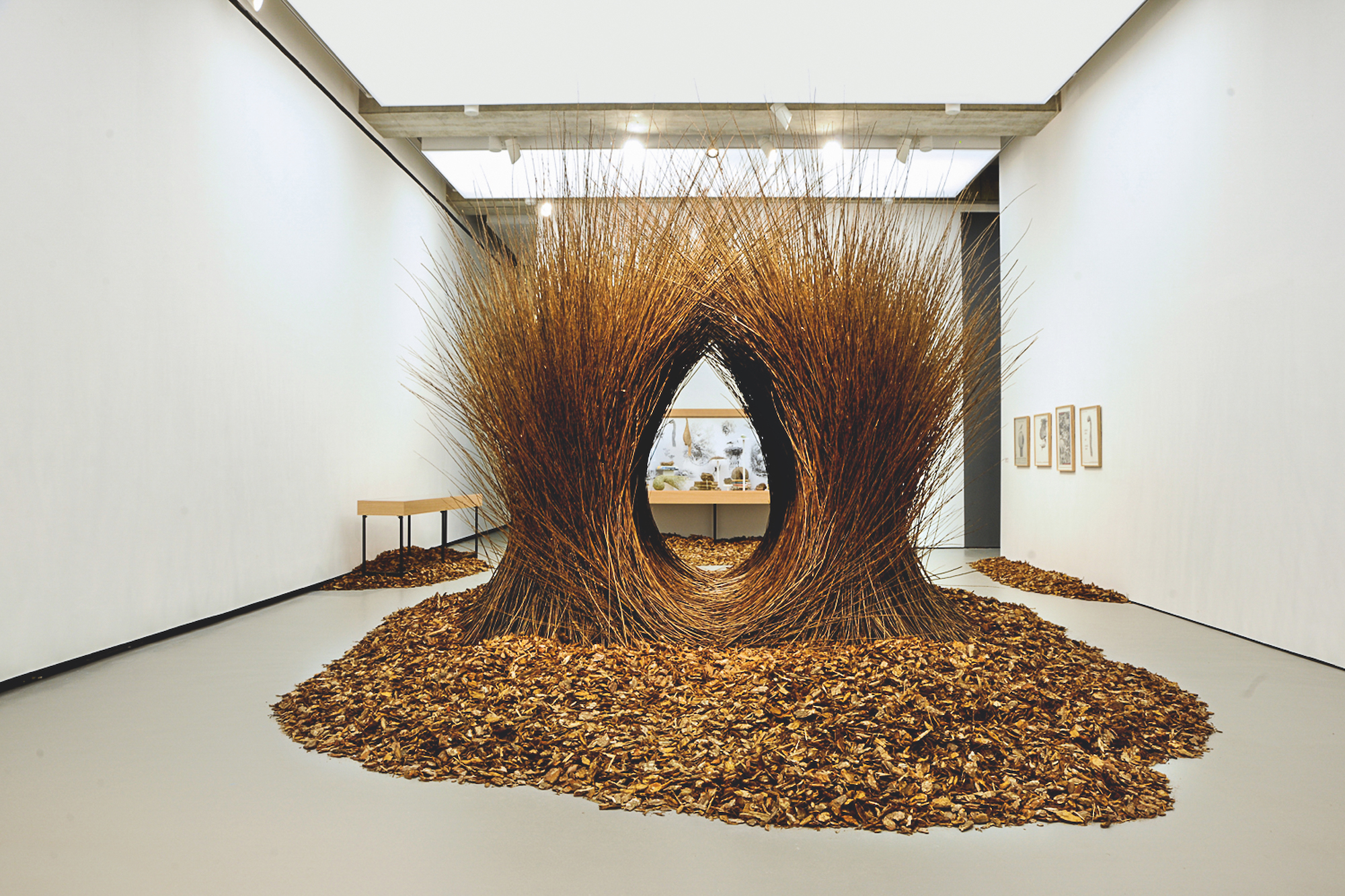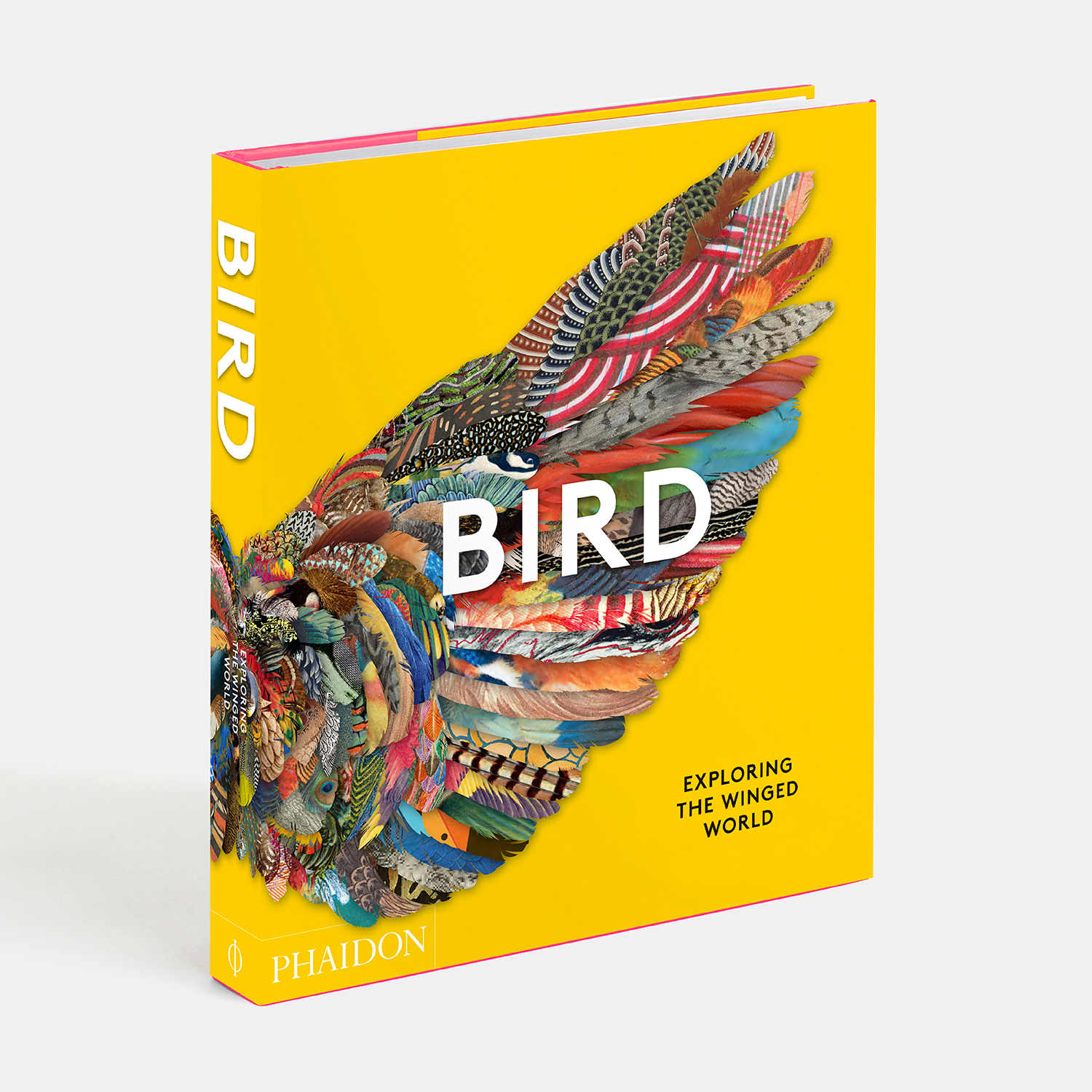
The bird that's judged on its building skills
This reconstruction of a bowerbird’s nest ended up in a gallery. Maybe the distance between art world and avian world isn’t as big as we think
Bird: Exploring the Winged World presents readers with a majestic variety of manmade works, created by artists, designers, illustrators, botanists, photographers, sculptors and others who have trained their talents on the beauty of the avian world.
Some are by nameless, bygone artisans, who once worked in ancient Egypt, Greece or Korea; other pieces are by world-famous artists, such as Pablo Picasso, Martin Parr, Carsten Höller and Andy Warhol. A few were made by practitioners who excelled in depicting animals, such as John James Audubon. However, there is perhaps only one artwork in the book that could be said to have actually been created by a bird.
“This monumental arch made of thousands of twigs is an enlarged reconstruction of the bower created by a male bowerbird (Ptilonorhynchidae) transplanted to a gallery and displayed as a work of art,” explains the text in Bird. “Native to Australia and Papua New Guinea, bowerbirds appear to be creative, and possess a sense of aesthetic beauty.
“Male birds begin to build a bower early in the mating season, using an elaborate architectural structure and found materials that combine both natural resources and artificial objects discarded by humans. Each male tends to have a favourite colour scheme, which he carefully implements across and around the structure. Not a nest in the traditional sense of the word, the bower is more akin to a stage upon which male birds perform a carefully choreographed dance to attract the females.

“Through this detailed reconstruction, British artist Andy Holden (born 1982), and his father Peter, an expert ornithologist, emphasize the concept of creativity in animals. Can animals make art? The answer to the question is necessarily inconclusive, but bowerbirds certainly demonstrate that animals can intentionally create objects for aesthetic purposes. In the same way that art objects often display power and status in human society, so the beauty of a well-constructed bower manifests power and status among bowerbirds: females carefully inspect each structure and evaluate their prospective partner’s dancing ability before choosing a mate.”
Perhaps we are not so different from our feathered friends? To better understand how the Holdens and their avian artistry fits into a wider sweep of bird-related image making, order a copy of Bird here.